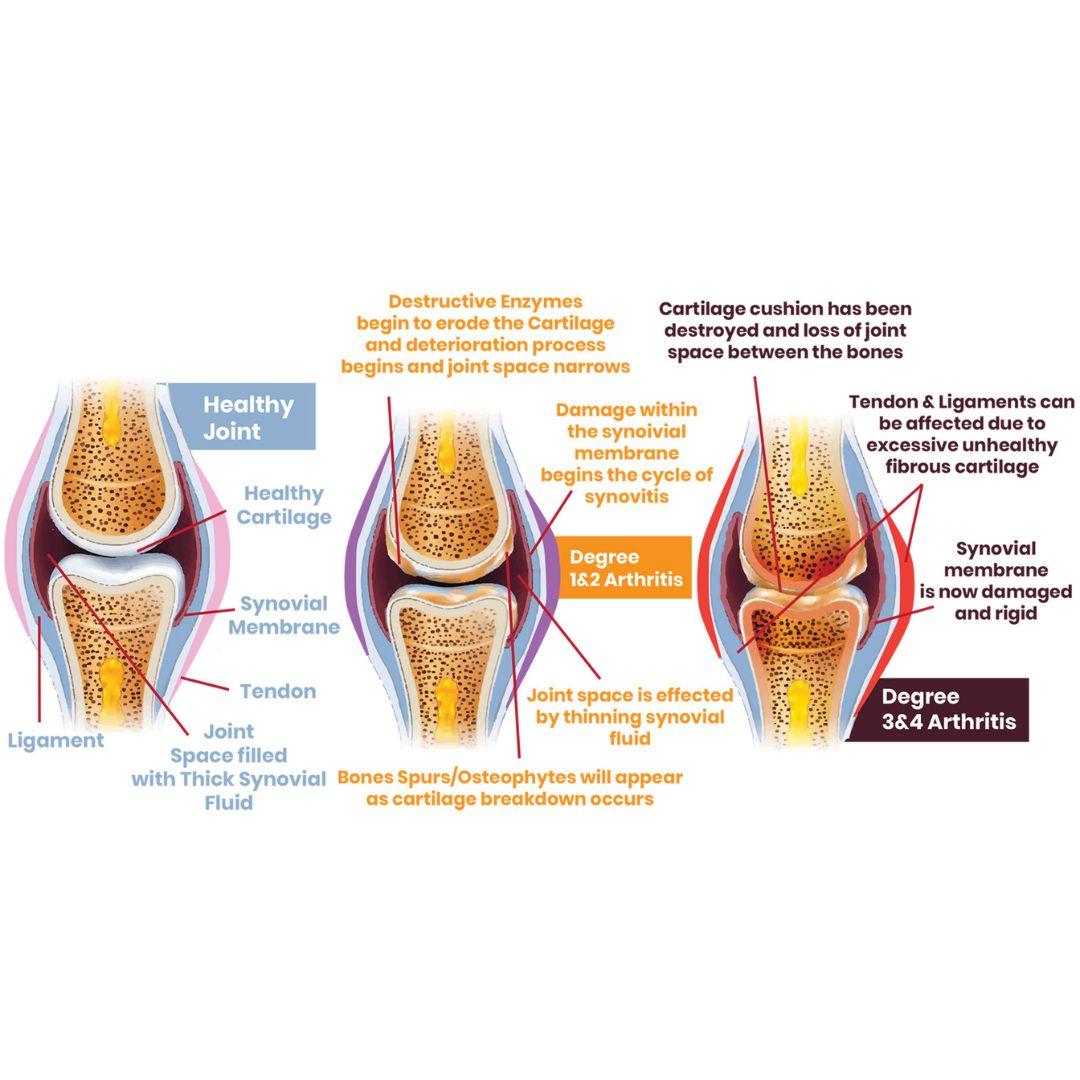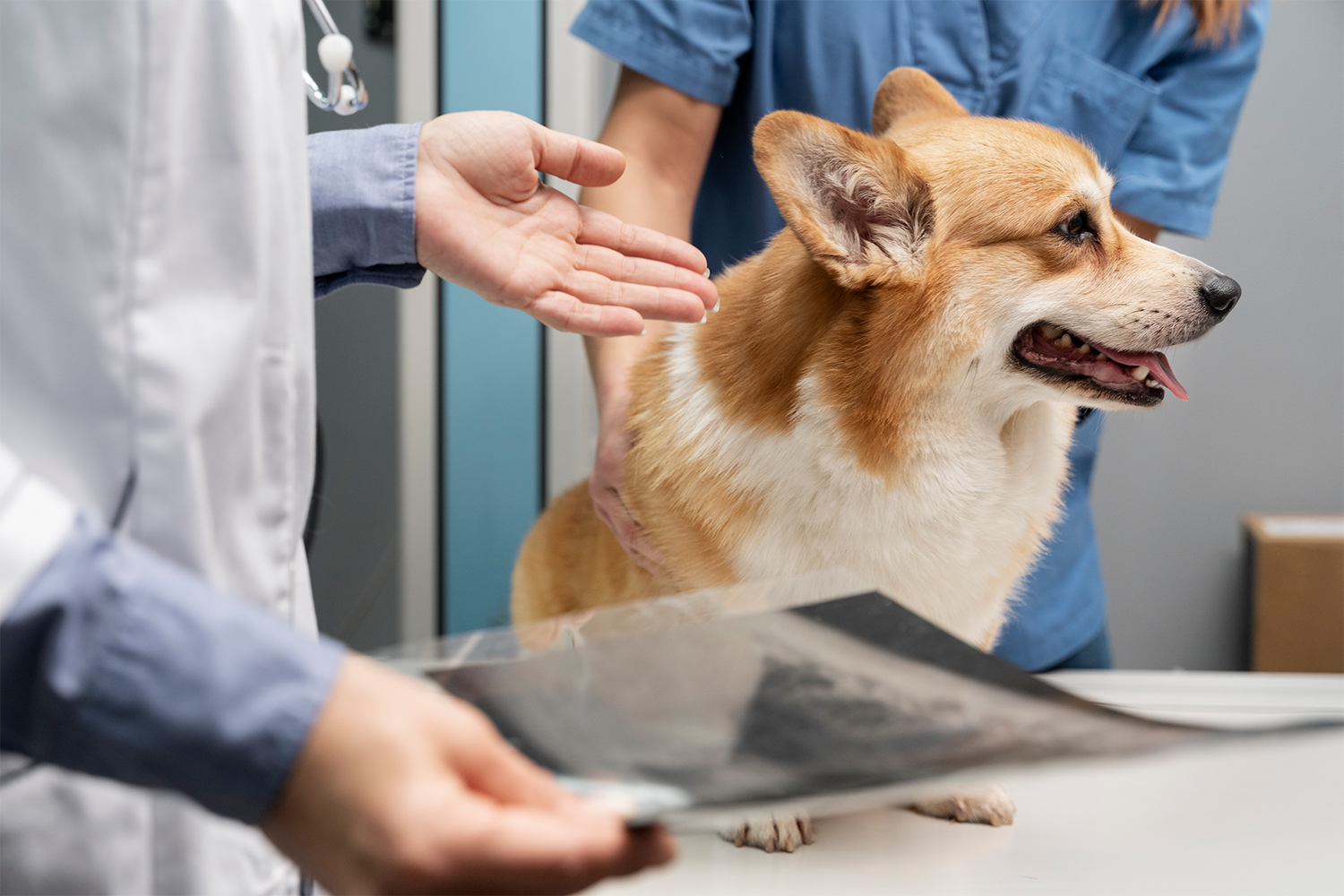Introduction to Hock Swelling “Boggy Hocks”
Animal health is a crucial aspect of livestock management, and hock swelling also known as boggy hocks is a common issue that must be addressed. The hock joint, located in the hind limb of cattle, plays a pivotal role in their mobility and overall well-being. This blog post aims to provide a comprehensive understanding of hock swelling in cattle, covering its causes, effective treatment strategies, proactive measures for prevention, and concluding insights.
Causes of Hock Swelling
Hock swelling can be attributed to various factors, each impacting the joint differently. One primary cause is trauma, often resulting from slips, falls, or rough handling. The hock joint is susceptible to injuries, leading to inflammation and subsequent swelling. Another significant factor is arthritis, a condition that affects the joints, including the hock, causing pain and swelling over time. Infections, such as cellulitis, can also lead to hock swelling if left untreated. Understanding these causes is essential for implementing targeted interventions.
Effective Treatment for Hock Swelling
Addressing hock swelling requires a multifaceted approach, involving both veterinary care and on-farm management. Anti-inflammatory medications can be prescribed by veterinarians to alleviate pain and reduce swelling. Putting your livestock on a quality joint supplement can help with pain and inflammation. OptiWize has been shown to decrease swelling in the hocks as well as reduce pain. Many of the ingredients in OptiWize have anti- inflammatory factors as well as components to help promote healthy joints. Controlled exercise may also be recommended to promote joint mobility and prevent stiffness. Additionally, proper wound care for injuries and timely treatment of infections are crucial aspects of effective hock swelling management. You should work closely with veterinarians to develop customized treatment plans based on the specific cause and severity of hock swelling in their cattle.
Proactive Measures Against Hock Swelling
Prevention is often more effective than treatment, and implementing proactive measures is key to minimizing the occurrence of hock swelling in cattle. Keeping your cattle on a joint supplement like OptiWize can work as a prevention because of it’s ability to promote healthy joints and healthy joint fluid in livestock. Adequate and well-maintained flooring in barns and handling areas can reduce the risk of slips and falls. Regular health checks, including joint assessments, can help identify early signs of hock swelling or other issues. Providing a balanced and nutritionally sound diet contributes to overall joint health. Moreover, proper vaccination protocols can protect cattle from infectious diseases that may lead to hock swelling. Implementing these proactive measures can significantly enhance the well-being of cattle and reduce the economic impact of hock-related issues on the farm.
OptiWize - Joint Supplement for boggy hocks
OptiWize is a premium joint supplement for livestock, specifically formulated to repair, restore, and protect. The supplement's potent anti-inflammatory properties help reduce swelling and discomfort in affected animals. By increasing joint space and promoting the production of healthy synovial fluid, OptiWize ensures smoother joint movement and greater flexibility. Regular use of OptiWize not only alleviates the symptoms of boggy hocks, but also supports overall joint function, making it an essential addition to your livestock's health regimen.
Conclusion
In conclusion, understanding boggy hocks in cattle is crucial for livestock managers. Recognizing the causes, such as trauma, arthritis, and infections, is the first step towards effective management. Veterinary care, including anti-inflammatory medications, and proper supplementation plays a vital role in treating hock swelling. However, adopting proactive measures, such as maintaining proper flooring, conducting regular health checks, and ensuring a balanced diet and effective supplements, is equally important for preventing hock swelling in the first place. By combining these approaches, farmers can enhance the overall health and welfare of their cattle, leading to a more sustainable and productive livestock management system.



